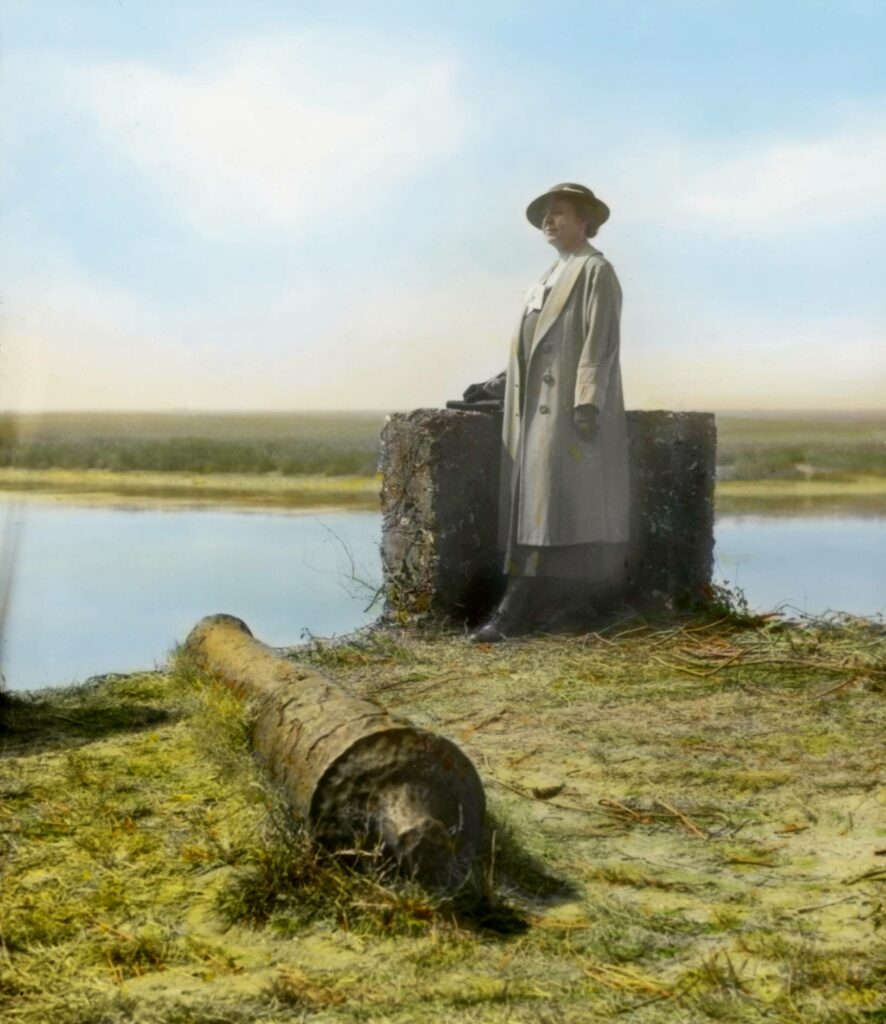
Captivating images of local people and places from the mid-20th century were on display in the Gallery Hall of the A.W. Jones Heritage Center. They were taken from hand-colored glass lantern slides once owned by local historian Margaret Davis Cate (1888-1961).
In the 1940s, Cate joined forces with retired physician and amateur photographer Orrin Wightman to document vanishing coastal settings and the people associated with them. The project led to publication of the book Early Days of Coastal Georgia, with images by Wightman and historical interpretation by Cate. Included were rare photographs of African Americans known as the Geechee, who were descended from the enslaved workers on local cotton and rice plantations.
A native of Coastal Georgia, Cate was a teacher, principal, and school board member in the Glynn County School System. She was also a successful businesswoman, post mistress, and farmer, but her real passion was researching our coastal heritage and sharing it with others. She regularly gave history lectures, using the slides displayed in the exhibit.
Cate’s collection of lantern slides was donated to the Society by Sea Island Company.
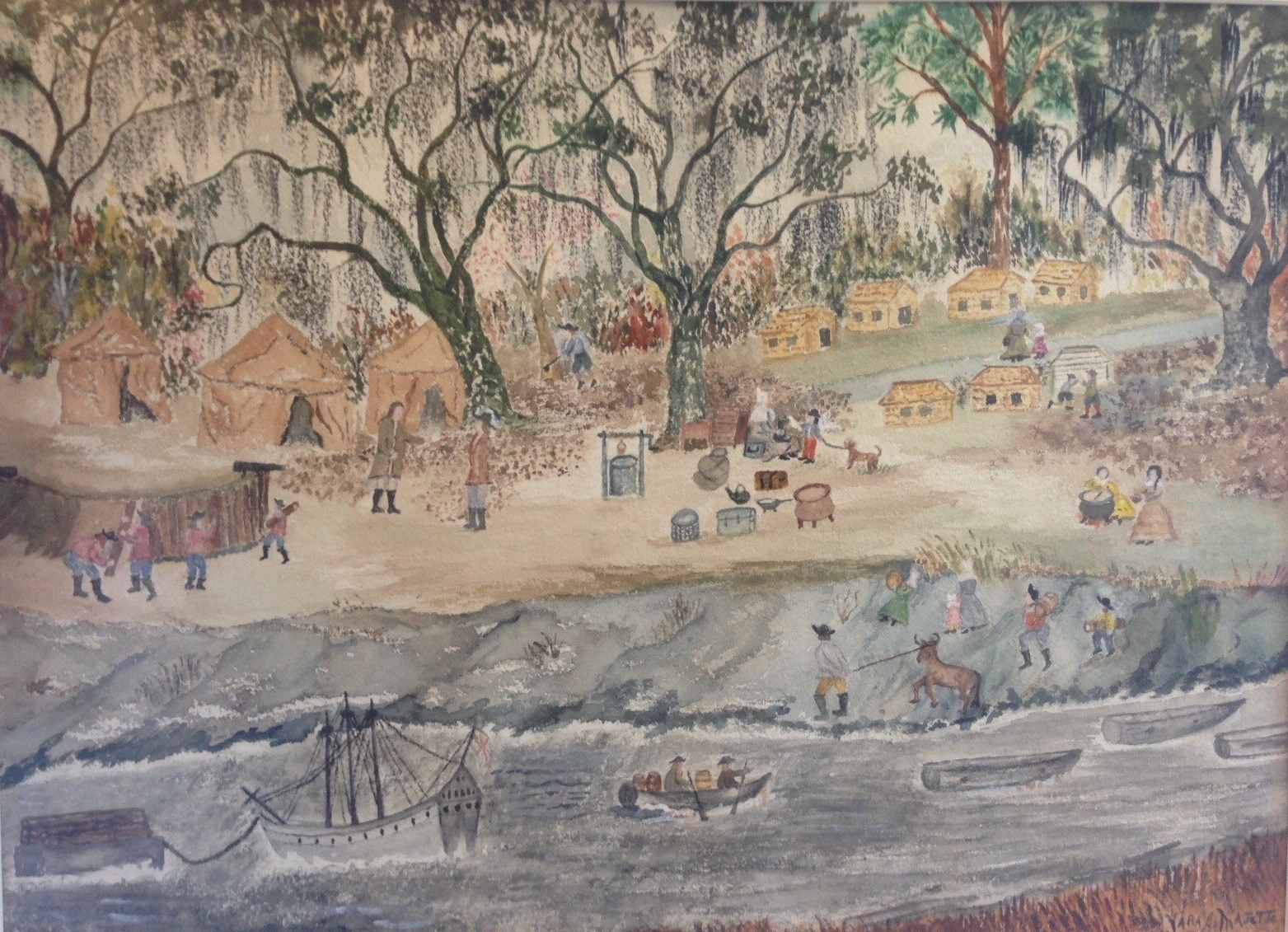
In Spring 2016, Coastal Georgia Historical Society’s collection of watercolors by author, lawyer, and artist Vara Majette were exhibited at the Old Jail Museum in Darien, Georgia. Born in 1875, Vara Majette became a social worker after moving with her husband to Wayne County, Georgia. In 1924, she published a controversial book White Blood, which dealt with racial injustice. At the age of 45, she studied law and became one of the first women admitted to the Georgia Bar Association. After her husband’s death in 1932, she moved to St. Simons Island and became active in island life. In her 70s, she began experimenting with watercolors in the primitive style. Her paintings portray her personal vision of the historical landscapes of St. Simons from Native American scenes through the timbering period of the late 19th century.
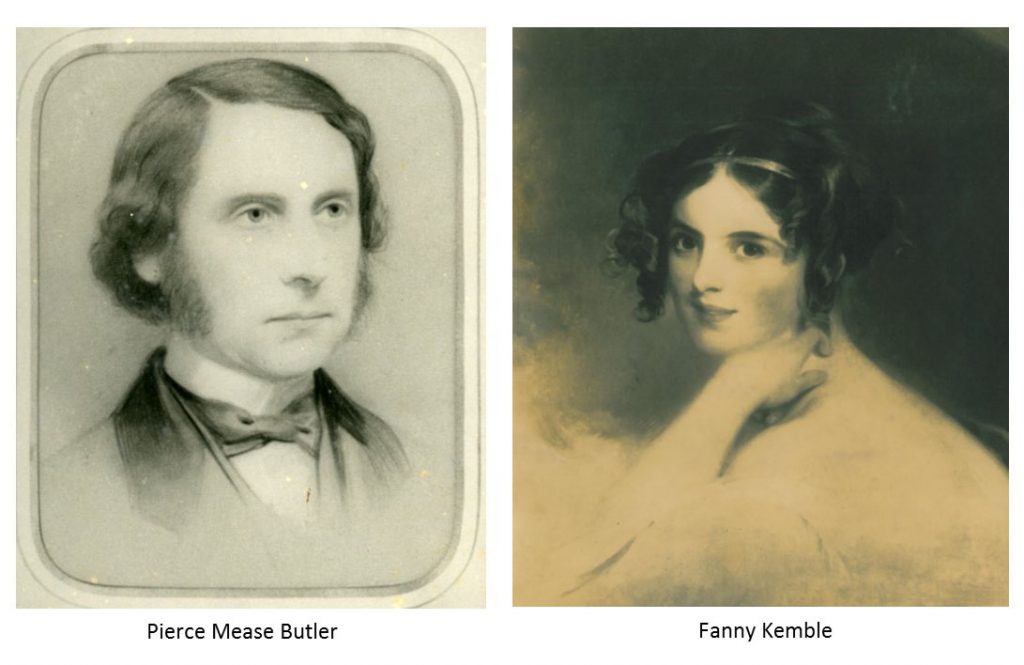
This exhibit presented the fascinating history of the privately-owned barrier island that wraps around the north end of St. Simons Island. Artifacts, maps, and photographs traced a thousand years of human habitation, beginning with the seasonal occupation of Native Americans and continuing with a century of ownership by Major Pierce Butler and his family. Butler’s granddaughter-in-law was the famous British actress, Fanny Kemble, who visited Little St. Simons Island in 1839 and described the southern cotton plantation and its enslaved African American workers in her famous Journal. The 20th century ownership and stewardship of the Berolzheimer family was also explored. The exhibit concluded with the recent initiatives of the Henry Paulson family, now owners of the island, to preserve the rich habitats for generations to come.
The interpretive panels of the exhibit are now displayed on Little St. Simons Island.
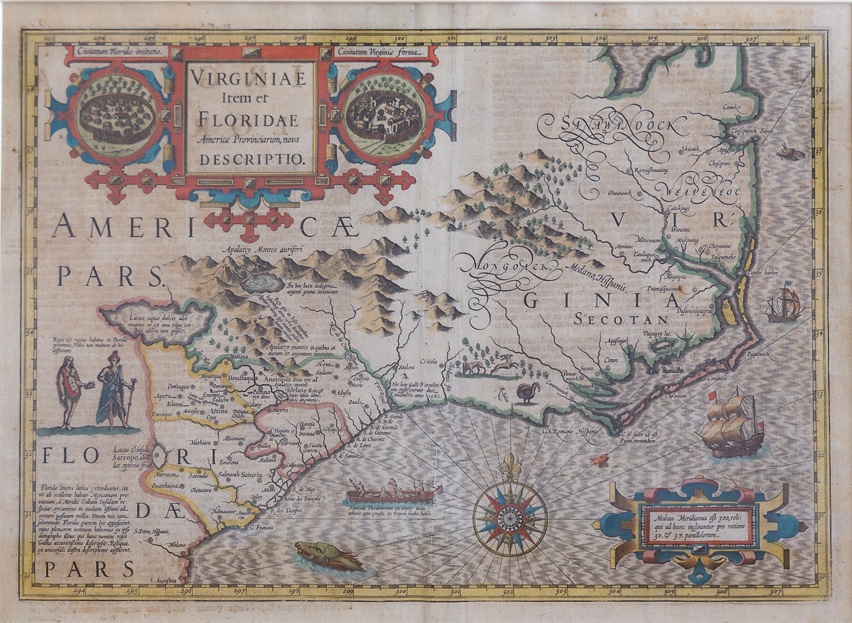
An interest in family history led St. Simons Island resident and ophthalmologist Dr. John S. Josey into the world of historical maps. He discovered that a train depot between Macon and Savannah had been named for his great-great uncle, James Speir, in the early 1840s. The depot was labelled Speirs Turnout (often misspelled “Spear” or “Spier”) on early Georgia maps. Because of the family name, Dr. Josey decided to buy a map from that period. This acquisition led to an interest in collecting a series of Georgia maps that traced the evolution of the state’s boundaries from its founding. Dr. Josey eventually amassed a collection of about 40 maps, all with some connection to the state of his birth. The eleven maps displayed in this exhibit were generously donated to Coastal Georgia Historical Society by Dr. Josey. They document the mapmaker’s endeavor to capture this region on paper, as well as the development of the art and science of cartography.
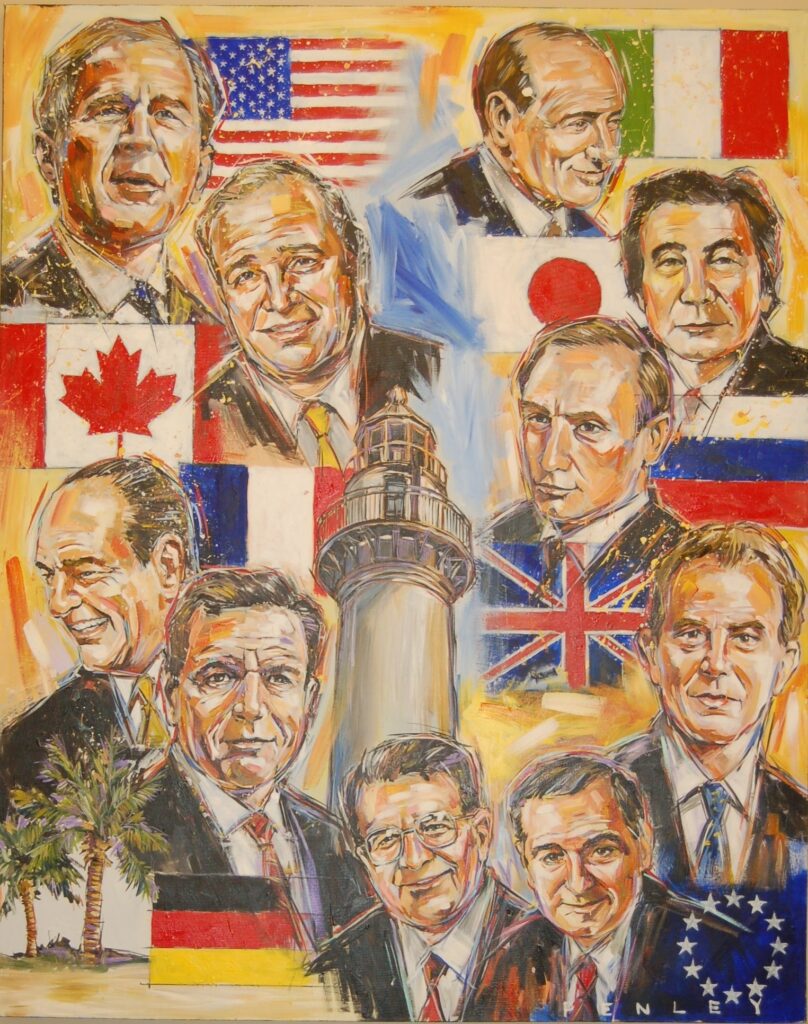
In June 2004, heads of state from the world’s eight major industrial democracies, plus representatives from the European Union, the Middle East, and Africa, gathered on Sea Island, Georgia, for the thirtieth G8 Summit of World Leaders. Since 1975, these annual meetings had brought together leaders from the United States, France, Russia, the United Kingdom, Germany, Japan, Italy, and Canada in informal settings to discuss international economic, political, health, and environmental issues. President George W. Bush chaired the 2004 gathering and selected Sea Island as the setting. With photographs, artifacts, and interactives, this exhibit told the remarkable story of the historic meeting, including Summit accomplishments, information about the international leaders who attended, how Sea Island was chosen as the site, and a fascinating look behind the scenes at preparations for the complex world gathering.
Traditionally, the host committee at each summit location sponsors a legacy project to commemorate the meeting and thank the local community for providing the venue. At the recommendation of Bill Jones III of Sea Island Company, the 2004 G8 Host Committee chose to provide major funding for the construction of the A.W. Jones Heritage Center. The opening of this exhibit coincided with the opening of the Heritage Center in recognition of the generosity of the host committee.